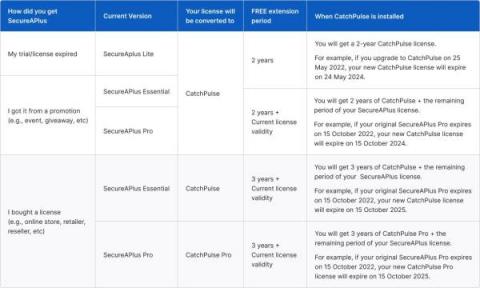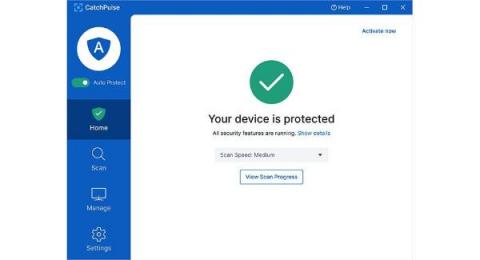Technical Spotlight: How to Protect and Watermark CAD Files
While the data breaches that make the headlines often focus on personal data, there’s a lot more at stake if a hacker cracks open the gates. There’s even higher stakes when intellectual property (IP) theft is the goal potentially stripping away an organization’s competitive advantage. It’s not just hackers that are a threat to IP. Employees, contractors and partners all pose a risk to IP from accidental or deliberate data loss.















